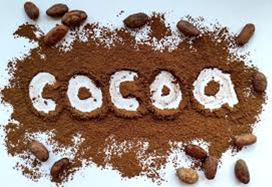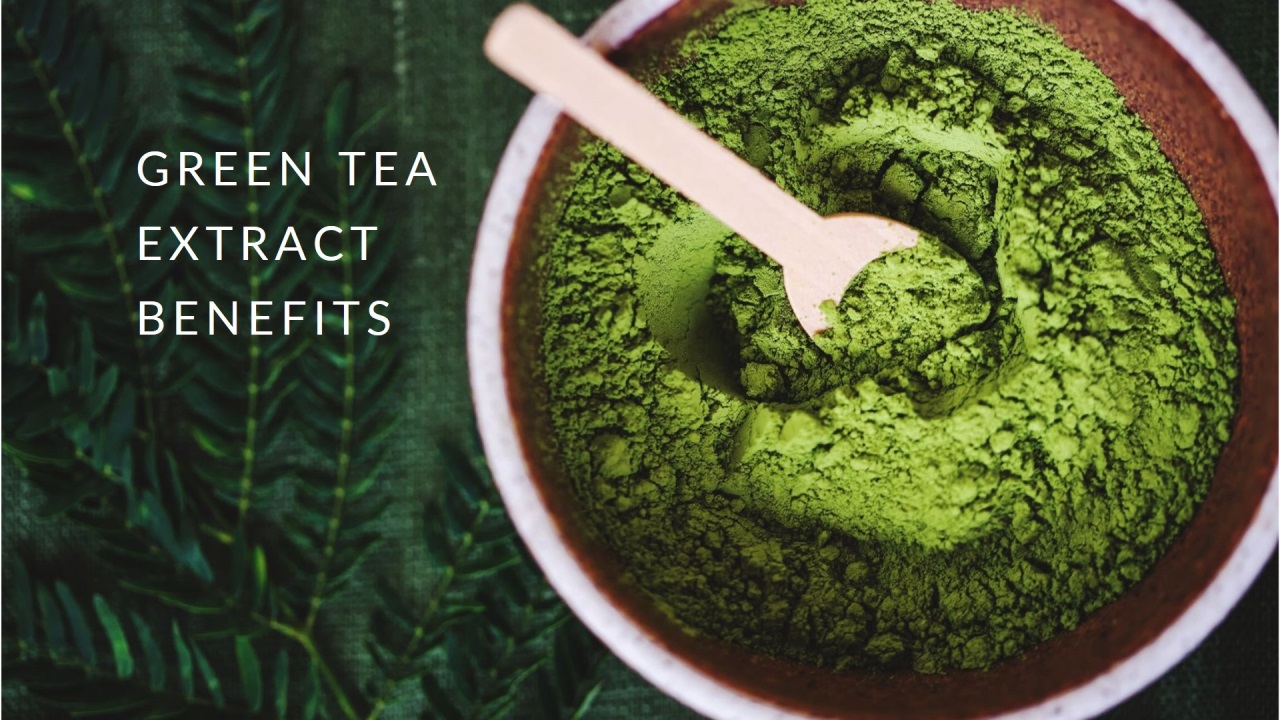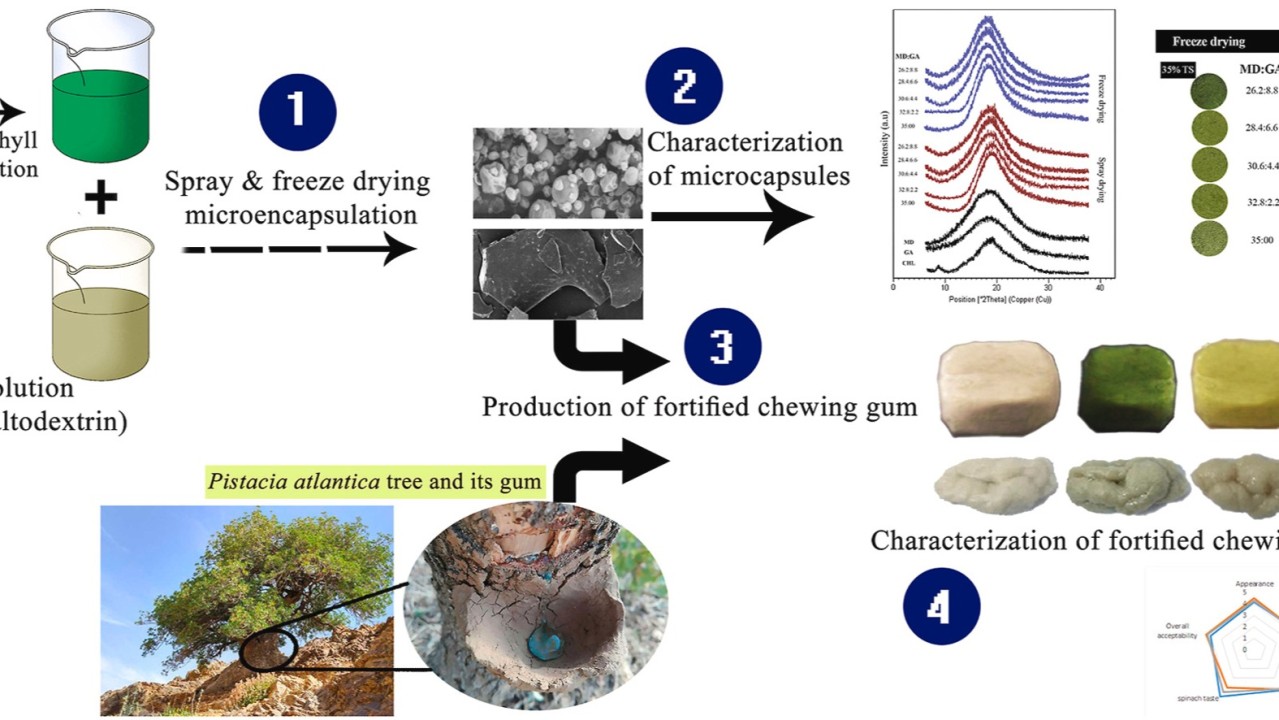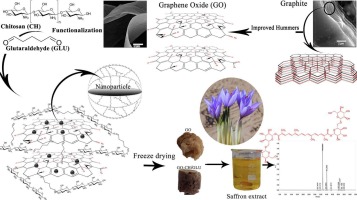Encapsulation offers several benefits:
Efficiency
Encapsulation controls the release of cocoa flavor, ensuring it is only released when needed (such as during consumption). This efficiency reduces the amount of cocoa required in formulations.
Protection
Encapsulated cocoa is shielded from environmental factors (such as oxygen, moisture, and light) that could degrade its quality. This protection extends the product’s shelf life and preserves cocoa flavor.
Cost-effectiveness
Manufacturers can manage costs by encapsulating cocoa. It allows for the use of less expensive carriers to carry the flavor, with encapsulated cocoa providing the desired premium taste.
Stability
Encapsulation enhances the stability of cocoa during processing and storage, preventing undesirable interactions with other food matrix ingredients.
In summary, encapsulation technology in the food industry, especially concerning cocoa , efficiently delivers flavor, protects valuable ingredients, manages costs, and maintains product quality despite fluctuating global cocoa prices.
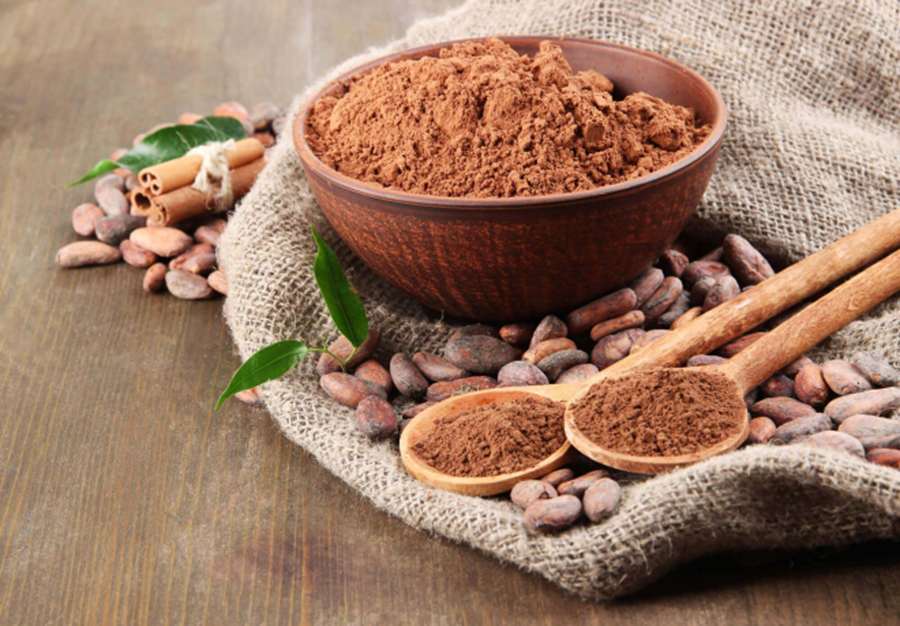
Why Nanoencapsulated products?
The role of encapsulating cocoa in the food industry becomes particularly important when there is an increase in the global price of cocoa.
Encapsulation involves trapping solids, liquids, or gases within a thin coating. It is used to deliver functional ingredients such as antimicrobials, antioxidants, vitamins, and in this case cocoa or related compounds.
When cocoa prices rise—due to factors like global supply shortages, climate change, and investor speculation—the food industry seeks ways to optimize the use of expensive ingredients while maintaining profitability and delivering the desired taste and quality.
Our Nanoencapsulation technology is at the heart of what sets Botanic Bliss apart. By creating a protective barrier around our carefully selected herbal extracts, we preserve their potency and unleash their full therapeutic potential. This revolutionary delivery system enhances bioavailability, allowing your body to absorb and utilize these herbal benefits to the fullest.
Explanation:
The passage explains how rising cocoa prices create a challenge for the food industry. Here’s a breakdown with a connection to encapsulation:
The Challenge:
Cocoa Prices Up: Due to factors like limited global supply, climate change impacting crops, and even financial speculation, the cost of cocoa beans,Saffron, Dracocephalum has increased significantly.
The Food Industry’s Response:
· Optimizing Ingredient Use: Since Cocoa is expensive, food manufacturers need to find ways to use it more efficiently. This could involve:
o Using less cocoa Overall in a product while still achieving a good chocolate or another product flavor.
o Using alternative, cheaper ingredients to stretch the cocoa Further.
· Maintaining Profitability: Higher cocoa prices can squeeze profit margins. Food companies need to find ways to control costs without sacrificing their bottom line.
Delivering Desired Taste & Quality: Consumers expect products to taste good and have a certain quality. Companies can’t simply reduce cocoa content if it means a significant drop in flavor or texture.
Encapsulation and the Solution
Encapsulation comes in as a potential tool to address this challenge. Here’s how:
· More Flavor, Less Raw material: Encapsulation involves coating tiny particles of cocoa or cocoa-related compounds with a protective layer. This layer can slow down the release of Cocoa flavor during consumption. This allows manufacturers to use less Cocoa overall while still delivering a satisfying product taste.
· Masking Unwanted Flavors: Encapsulation can also be used to mask unwanted flavors introduced by cheaper cocoa substitutes. This can help maintain the overall palatability of the product.
· Improved Texture: Encapsulation can improve the texture of food products.
By using encapsulation effectively, food manufacturers can potentially:
· Reduce cocoa content without sacrificing taste or quality.
· Utilize cost-effective alternatives while maintaining consumer satisfaction.
Important Note: Encapsulation is one tool among many, and it may not be a perfect solution for every situation. However, it represents a potential strategy for the food industry to navigate the challenges of rising cocoa prices.
References
taylorfrancis.com , mdpi.com, ink.springer.com, pmorgan.com, unctad.org, iisd.org, bbc.com, botanibliss.ca

